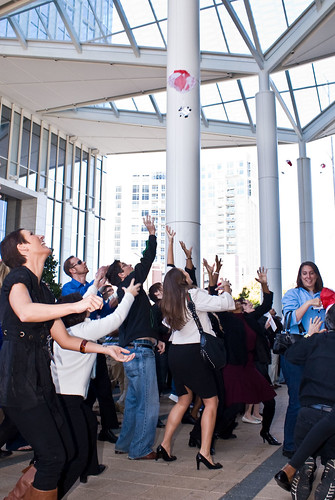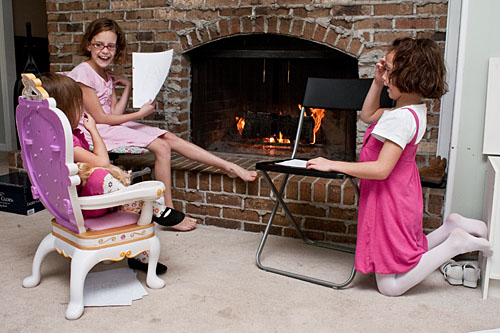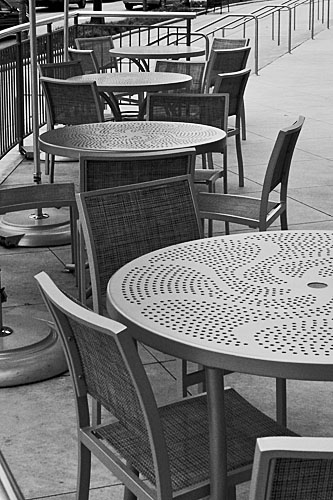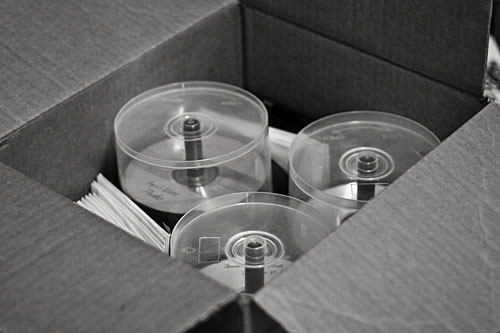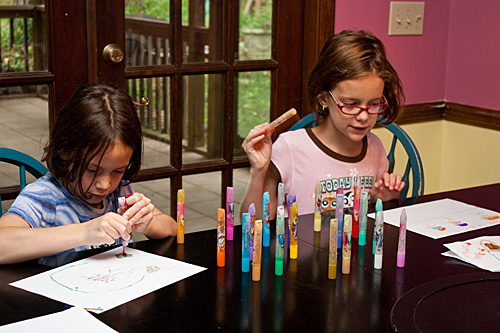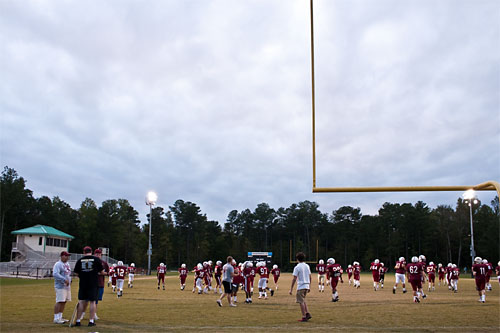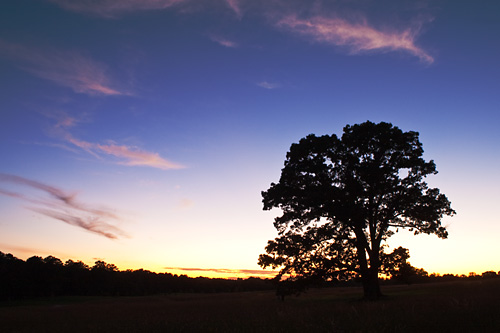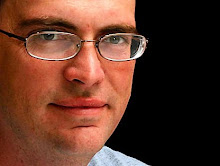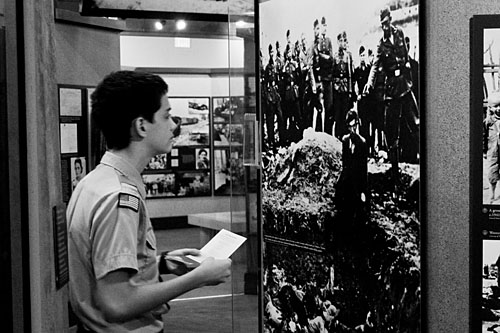
I am the Scoutmaster of our church's Boy Scout troop and we went to the Bremen Jewish Heritage and Holocaust Museum today for an eye-opening look at what can happen when a large portion of society decides to be intolerant of people who are different than themselves.
The lighting was pretty bad for photography, with some displays having plenty of light for photos while others were darker. I couldn't use a bounce flash off of the ceiling because the ceiling was high, open, and painted a dark color. And I usually don't like using a direct flash, so I set the camera to f3.5 in aperture priority mode (the big 'A' on the dial) and set the ISO to 1600 and tried to get photos using the natural lighting. By setting it to the widest aperture my lens (the Canon 18-55mm f3.5-5.6 IS) can cover, it insures the widest possible aperture is used throughout the zoom range.
As you can tell from the photo's settings, sometimes my shutter speed was really slow, even for using a image-stabilized lens. I tried to keep the camera steady by holding the camera with both hands and keeping my elbows close to my sides. In areas where I knew there was less light, I usually held the shutter button down and relied on my camera's high frame rate to take multiple shots in succession.
The photo above is from one of those multiple shots. I took three in a row, and the middle one was the best. The first and last had motion blur since my son, Joshua, was swaying slightly as he was looking at the display. This one does have a hint of blur in his face, but you can still see him clearly.
In addition to the light being low, my photos also had a lot of different colors caused by multiple types of light bulbs being used by the museum. It resulted in a photo that looked bad (bad enough so that a viewer might first notice the color instead of the subject). The solution was easy: convert it to black and white. Now that distraction is completely gone, leaving you to think about my 13-year-old son learning about the atrocities the Nazi party — and that's what this photo is all about.
I wish I had gotten a good photo that included more of the troop, but all of those had at least one person moving (and therefore blurry). Remember, IS only helps avoid camera shake by essentially keeping the camera still. Anything under 1/60 of a second will still likely cause motion blur. So in hindsight, I should have set the ISO to 3200 and just lived with the extra graininess that comes with it.
By the way, the Bremen is fantastic. It present a powerful collection of photos and information that cover the Holocaust from just before the rise of the Nazi party to the migration of thousands of Jews to Israel after the war. Plan on being there for at least two hours to soak in all of the information. We were there for an hour and a half and it wasn't enough.
It isn't a place for little kids, however. It doesn't do much to hide the atrocities of the Holocaust. And I am glad it doesn't. It helped my son and I have a candid discussion about the war and the Holocaust.




